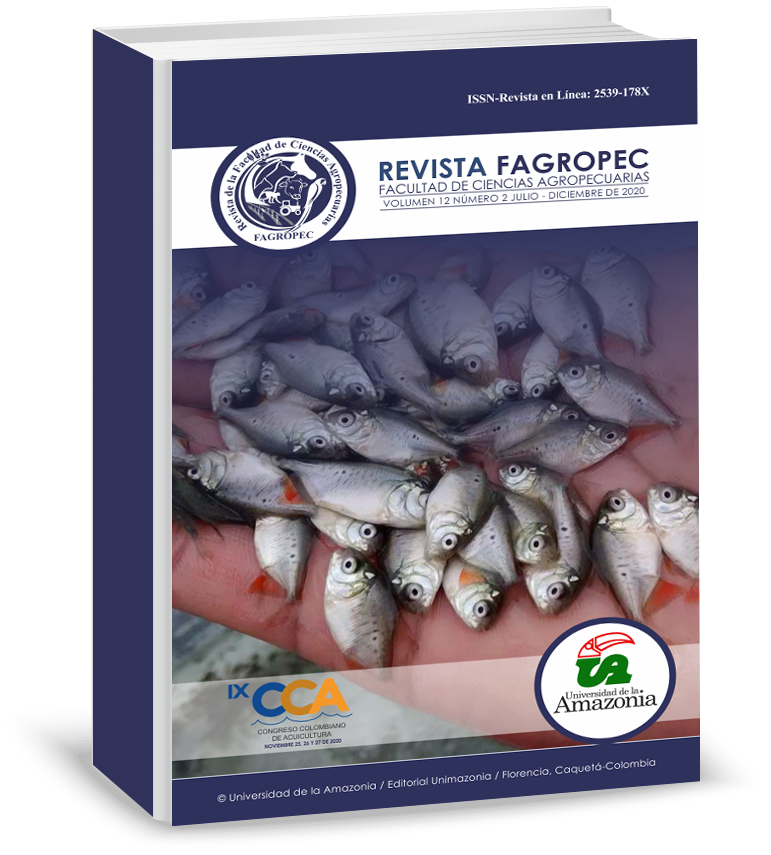Characterization of tree species associated with the cultivation of coffee (Coffea Arabica L.) in south of Colombia.
DOI:
https://doi.org/10.47847/fagropec.v12n2a4Keywords:
Diversity, similarity, shade, relative abundanceAbstract
the investigation indicates the importance of the vegetation surveys as an opening up alternative for the knowledge of the main species in order to associate with the coffee system and generate sustainable services and a better coffee. The work was carried out in the municipalities of Sandoná, Consacá and The Florida, located in the coffee ecotope 221A, in the department of Nariño. The information was collected through a random survey with an open answer. Due to the data analysis it was found that 93, 97 and 99% of the coffee farms with species of trees for the provision of shade for Sandoná, Consacá and The Florida respectively, presented one or more associated tree species. Regarding the relative index of abundance for Sandoná, Consacá and The Florida, it was found that the species with the highest percentage were guamo, with 14.5, 17 and 18% respectively; the orange tree, with 12.3, 13 and 14% respectively; avocado, with 11, 10 and 10% respectively; and lemon, with 11.8, 13 and 16% respectively. The species richness, dominated by guamos, orange trees and lemons was presented by a high diversity of 0.91 for Sandoná, 0.9 for Consacá and 0.89 for The Florida. For the similarity index, values of 0.65 were presented between Sandoná and Consacá; likewise, between Sandoná and the Florida, the index was 0.57. Similarly, the index of 0.71 was presented for Consacá and The Florida. The farms presented the associated systems of a coffee production, highlighting guamo and citrus as the main species.
Downloads
References
Beer, W., Muschler,G., Kass, D y Somarriba, E. (1998). Shade management in coffee and cacao plantations. Agroforestry Systems38:139-164.
EsIAy PMA. (2016). Línea Base Biótica Del Puerto de Aguas Profundas de Posorja. Línea Base Biótica Cardno 200 p
Ellenberg, H. 1(956). Aufgaben und Methoden der Vegetationskunde. Eugen Ulmer, Stuttgart. Alemania.
Farfán, F. (2007). Producción de café en sistemas agroforestales. In: Arcila P., J.; Farfán V., F.; Moreno B., A.; Salazar G., L.F.; Hincapie G., E. Sistemas de producción de café en Colombia. Chinchina, Cenicafé, p. 161200.
Farfán, F. (2014). Agroforestería y Sistemas Agroforestales con Café. Manizales, Caldas Colombia, 2014. 342 p.
Farfán, F y Jaramillo, A(2009). Sombrío Para El Cultivo Del Café Según La Nubosidad De La Región. Avance técnico379.
Federación Nacional De Cafeteros De Colombia – FNC y Centro Nacional De Investigaciones De Café – Cenicafé. (2004). Sombrío de cafetales. Cartilla cafetera. Tomo 1. Chinchiná, FNC - Cenicafé, pp. 247-274
Granados, I., Arias, C y Rodríguez, J. (2008). Importancia de la diversificación de los árboles de sombra para la conservación de la fauna en los ecosistemas cafetaleros en San Isidro de San Ramón. Revista Pensamiento Actual, Universidad de Costa Rica Vol. 8, No. 10-11, 2008 ISSN 1409-0112 74-81
Gil, L. y Leguizamón, J. (2000). La muerte descendente del cafeto (Phoma spp.) v Programa de investigación científica. Centro Nacional de Investigaciones de Café “Pedro Uribe Mejía”. Cenicafé, Chinchiná, Caldas - Colombia. Avance técnico 278.
Gómez, L., Caballero, Ay Baldíon, J. (1991). Ecotopos Cafeteros. CENICAFÉ Agroclimatología División De Desarrollo Social. 138 p.
Guhl, A. (2009). Café, Bosques y Certificación agrícola en Aratoca, Santander. Revista de Estudios Sociales. Universidad de los Andes, No. 32
Goswami, R., Chatterjee, S y Prasad, B. (2014). Farm types and their economic characterization in complex agro-ecosystems for informed extension intervention: study from coastal West Bengal, India. Agric Econ2, 5 https://doi.org/10.1186/s40100-014-0005-2
Jurado, H., Estrada, J y Ballesteros, W. (2019). Tipificación de sistemas de producción de café en La Unión Nariño, Colombia. Temas Agrarios. 24. 17-26. https://doi 10.21897/rta.v24i1.1779.
Lee., S., Tewari R., K., Hahn., E., Paek., K. (2007). Photon flux density and light quality induce changes in growth, stomatal development, photosynthesis and transpiration of Withania Somnifera (L.) Dunal. Plantlets. Plant Cell Tiss Organ Cult 90:141–151.
Magurran, A. E., (1988). Ecological diversity and its measurement. Princeton University Press, New Jersey. 179 p.
Mokany, K., Ash, J., & Roxburgh, S. (2008). Effects of spatial aggregation on competition, complementarity and resource use. Journal Austral Ecology, 33, 261–270.
Muschler, R. G. (1999). Árboles en Cafetales.Proyecto Agroforestal CATIE/GTZ. Módulo No. 5. CATIE. Turrialba, Costa Rica. 139p.
Muschler, R., Montes, I y Rivas, G. (2007).Producción orgánica y agroforestal de cultivos perennes (café). isbn = 978-9977-57-439-4
Muñoz, J., A. M. Felicísimo, F. Cabezas, A. R. Burgaz and I. Martínez. (2004). Wind as a long-distance dispersal vehicle in the southern hemisphere. Science. https://doi 304(5674):1.144-1.147.
Ospina, A. (2009). Aproximación ALa Conservación De Las Especies Vegetales Nativas En Cafetales Ecológicos Con Sombríos, Cali Colombia. 82p.
Ong, C.K., Wilson, J., Deans, J.D., Mulayta, J., Raussen, T. & Wajja- Musukwe, N. 2002. Tree-crop interactions: manipulation of water use and root function. Journal Agric Water Manag 53(1), 171–186
Rangel, Ch y Velázquez, A. (1997). Métodos de estudio de la vegetación. En: Rangel–Ch JO, Lowy–C P, Aguilar–PM (eds.). Colombia diversidad biótica II. Tipos de vegetación en Colombia. Instituto de Ciencias Naturales(p.p 59 – 87). Universidad Nacional de Colombia. Bogotá, Colombia.
Salazar, V., Vallejo, y Villarreal, F. (2019). Inventarios e índices de diversidad agrícola en fincas campesinas de dos municipios del Valle del Cauca, Colombia. Entramado, 15(2),264-274. https://doi.org/10.18041/1900-3803.
Sánchez, C., Botero, J., Gonzalo, J y Sánchez. (2007) estructura, diversidad y potencial para conservación de los sombríos en los cafetales de tres localidades de Colombia. Cenicafe. 58p
Schroth, G., Harvey, Ay Vincent, G. (2004). Complex Agroforests: Their Structure, Diversity, and Potential Role in Landscape Conservation. In:G. Schroth, G.A.B. Fonseca, C.A. Harvey, C. Gascon, H.L. Vasconcelos y A.M.N. Izac, eds. Agroforestry and biodiversity conservation in tropical landscapes.Island Press, Washington, DC. pp:227-260.
Shibu, J. (2012). Agroforestry for Conserving and Enhancing biodiversity. Agroforest Syst. 85:1–8 p 8
Soler, P. (2010). Evaluación del Potencial Forrajero de la Vegetación Nativa e Intervenida en un área de los Llanos Altos Centrales del estado Guárico, Venezuela. Tesis doctorado. Maracay, Ven. Universidad Central de Venezuela. Facultad de Agronomía.185 p
Spellerberg, I. F. (1991). Monitoring ecological change. Cambridge University Press, UK, 334 pp
Toledo, Vy Moguel, P. (2012). Coffee and sustainability: the multiple values of traditional shaded coffee. Journal of Sustainable Agriculture36(3):353-377.
Tscharntke, T., Clough, Y., Bhagwat, S. A., Buchori, D., Faust, H., Hertel, D., & Scherber, C. (2011). Multifunctional shade tree management in tropical agroforestry landscapes–a review. Journal of Applied Ecology, 48(3), 619-629.
Tuesta, O., Julca, A., Borjas, R., Rodríguez, P. y Santistevan, M. (2014). Tipología de fincas cacaoteras en la subcuenca media del río Huayabamba, distrito de Huicungo (San Martín, Perú). Ecología aplicada, 13(2), 71–78.
Downloads
Published
Issue
Section
License

This work is licensed under a Creative Commons Attribution-NonCommercial-ShareAlike 4.0 International License.
























